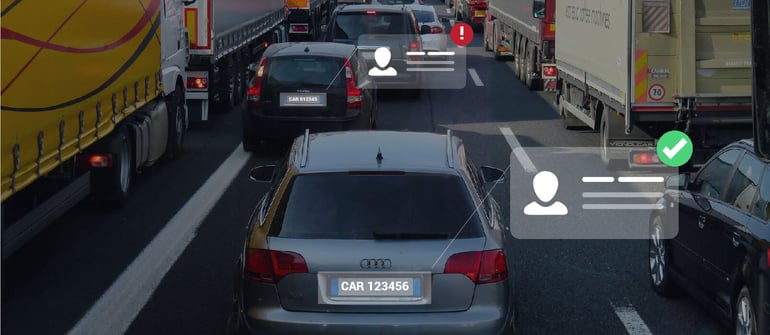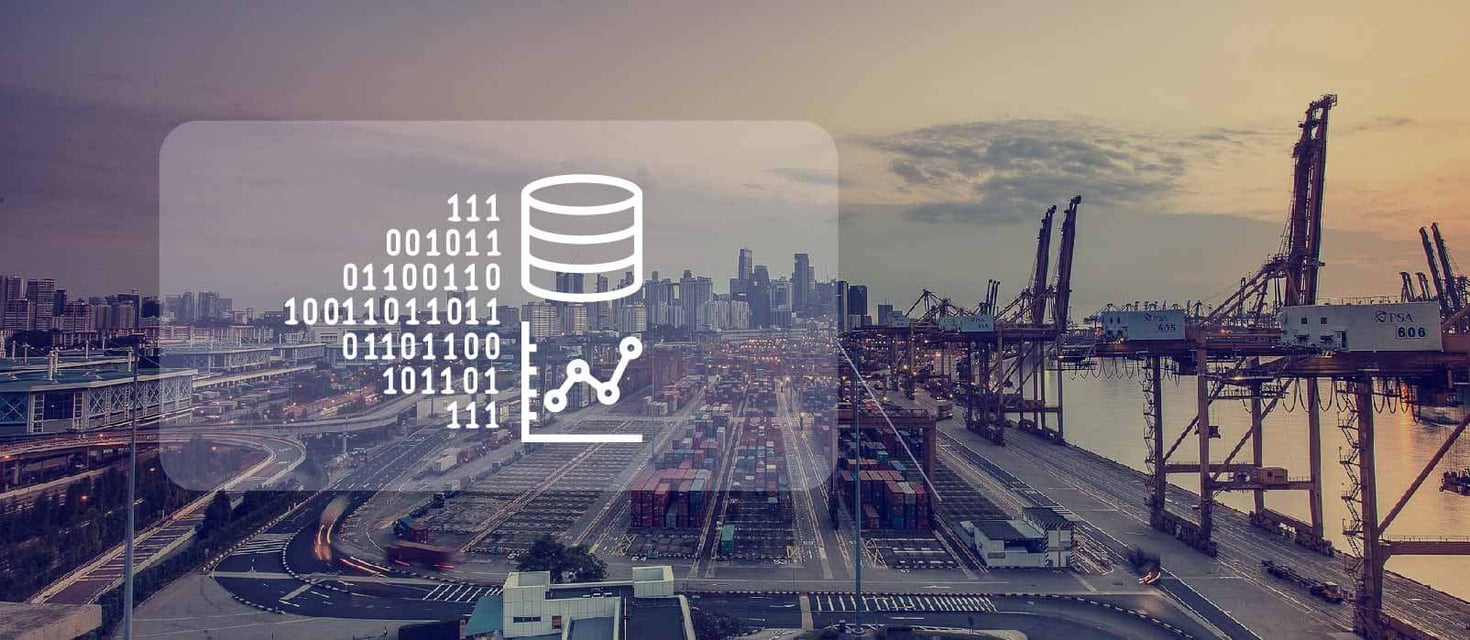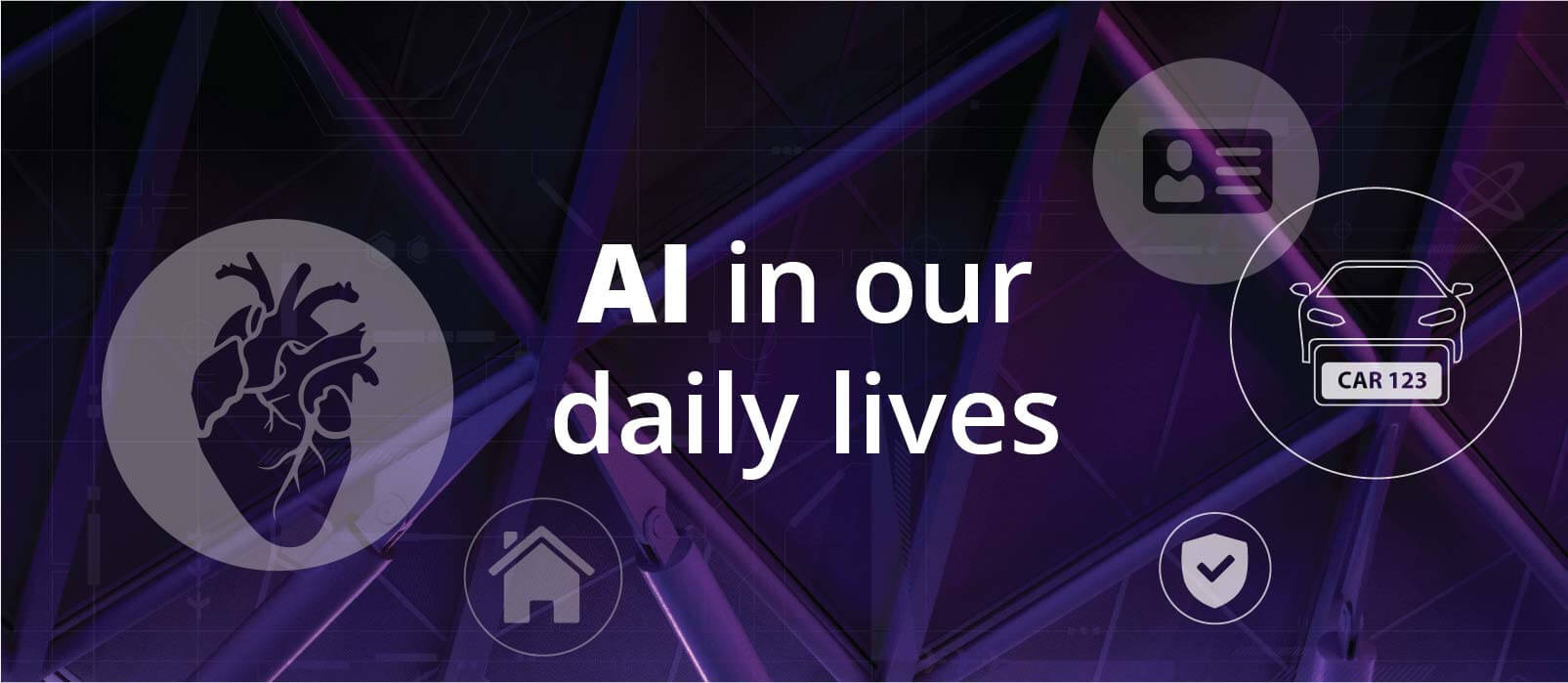By Restb.ai on 22 August 2017
The young woman in the video sits on a high bed in a comfortable, well-adorned bedroom. She is blind. She touches the screen of her mobile phone to “see” a photo a friend posted on Facebook.
Facebook reads aloud to her the objects that comprise the photo. She smiles broadly and explains, “...unless you have somebody to describe it to you, even having three words, just helps flesh out all of the details that I can’t see…”
The latest advances in Computer Vision are now enabling the nearly 300 million visually impaired around the world to “see” what the sighted take for granted: any number of the nearly 2 billion photos uploaded onto Facebook every day.
Computer vision is branch of Artificial Intelligence (AI) technology that has already entered our lives and businesses in ways many of us may not be aware of.
Social media platforms, consumer offerings, law enforcement, and industrial production are just some of the ways in which computer vision is improving the quality of our lives.
Computer Vision Improves the Social Media User Experience
Snapchat users love to overlay rabbit ears and fairy dust, for instance, on the images of friends while the amateur photographers are walking or jostling their mobile phones. What seems like such a simple activity actually relies on computer vision algorithms. The calculations constantly dip into a vast amount of data about the objects and relative positions of the elements in the stream of images.
Pinterest has a mobile phone app called Lens that uses computer vision. The app can tell users where, for example, someone in a photo bought an amazing pair of sneakers she’s wearing. The computer vision application can also display shoes that match the item's design and styling.
Computer Vision for Consumers
Banks around the world now use computer vision to deposit checks remotely. Banking customers take a photo of a paper check with their mobile device. Computer vision software in the banking app captures the image of the check destined for deposit in the bank, then verifies the signature on the check is genuine. Funds typically become available for use within a business day of verification.
During the Spring of 2017 Amazon rolled out its Echo Look product. Echo Look enables fashionistas to take full-body selfies. The AI behind the computer vision offering then compares the outfit with options it suggests and delivers the user an overall style rating.
Meanwhile, consumers can feel all their gadgets are secure at home with low-cost security cameras that use computer vision to fortify the homestead. For example, Netatmo’s Presence outdoor surveillance product alerts home owners that a car or person or animal has come onto the property. Netatmo Welcome cameras, the company’s indoor product, use facial recognition software to distinguish welcome visitors from unwelcome intruders.
Computer vision is not just for home security, though. Law enforcement agencies have seen its benefits in protecting citizens on the road.

Computer Vision Helps Protect the Public
Upwards of 70-percent of police departments in the United States use license plate detectors, according to the IEEE. The report adds that “One police officer in Montgomery County, Md. [Maryland] used the license plate reader technology to scan more than 48,000 vehicles in 96-hour periods across 27 days, enabling the officer to issue 255 traffic citations, identify 26 drivers with suspended licenses, catch 16 vehicle-emissions violators, find four stolen vehicles, and identify one expired license plate.”
Law enforcement also uses facial recognition AI to identify suspected criminals. More than half of all Americans have their driver’s license photos in a national database. When police have a photo of a suspect in a crime -- but not the name of the individual -- they can search the catalog of licenses just with the photo to find the highest probability matches, including names and contact details.

Computer Vision in Industrial Preventative Maintenance
Companies are increasingly using computer vision to monitor and report on the status of infrastructure critical to the operation of massive industrial complexes.
The list of facilities that use or are considering use of computer vision to alert humans to preventative maintenance conditions is endless. Some examples include: oil and gas platforms, chemical factories, petroleum refineries and even nuclear power plants.
Oil and gas companies like Chevron, Shell, and Suncor Energy use sensors and cameras to compare the current state of, for instance, valves against the optimal condition of the equipment, the information for which is stored online. AI software alerts the maintenance department to take measures at the slightest ill-placed stress the computer vision application detects in the structure of the equipment.
Computer Vision on the Horizon
Warehouse inventory management is incredibly labor intensive. Inspection and counting of parts and products can take days in some facilities, and hundreds of person-hours.
Marc Gyongyosi offered a future of inventory management in which drones equipped with computer vision augmented human labor. Dozens of drones with layouts of facilities would fly through warehouses between human shifts to identify and count inventory.
“You wouldn’t believe how often things get lost [in conventional warehouses]. And when they do go and search for stuff, they have to go and climb up forklifts and ladders. They even bring binoculars to find things,“ Gyongyosi told a TechCrunch Disrupt Conference audience.
The drones would also be able to check the condition of stock against big data files on cloud servers.
One of the most wide-reaching benefits computer vision promises is in healthcare. Microsoft’s InnerEye computer vision project, started in 2008, foresees faster, more precise diagnoses and would even recommend treatments of cancers to doctors.
The technology depends on the variety of visual detection methods in medicine to assist professionals in determining the malformation of organs and the kinds of cancers afflicting patients.
While computer vision has been with us for years without many of us knowing it, the technology promises greater benefits for the quality of life and well-being of us all far into the future.
You can also read our "What is Computer Vision?" article by clicking on this link.




comments